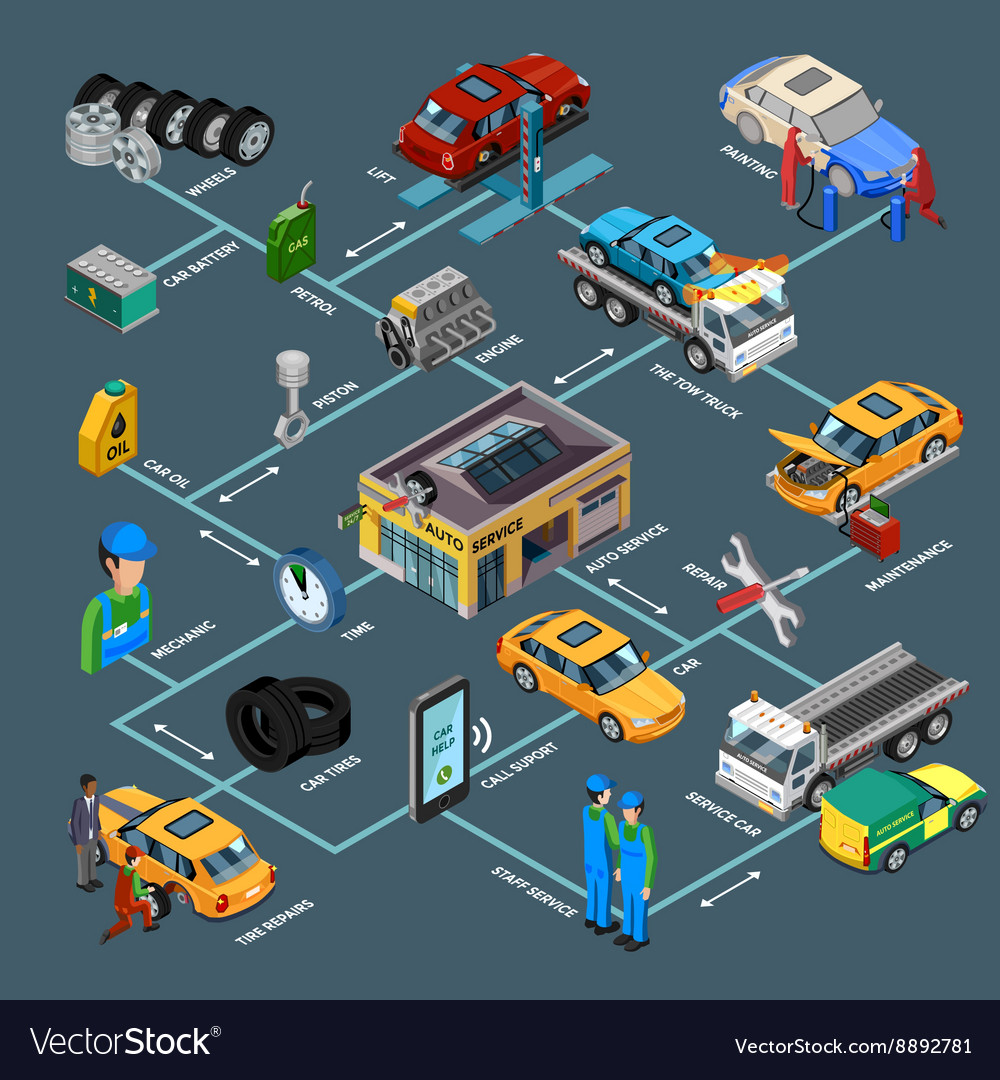Examining Your Auto'S Warning Indicators: What They Really Communicate
Examining Your Auto'S Warning Indicators: What They Really Communicate
Blog Article
Composed By-Lim Dalgaard
When you lag the wheel, those beautiful warning lights on your control panel can be a bit difficult. Do you recognize what they're trying to inform you concerning your car's health? Understanding the importance of these lights is essential for your safety and the longevity of your lorry. So, the next time among those lights pops up, would not you intend to analyze its message accurately and take the required steps to resolve it?
Common Caution Lights and Interpretations
Recognize usual caution lights in your cars and truck and recognize their significances to make sure risk-free driving.
One of the most common caution lights consist of the check engine light, which indicates concerns with the engine or discharges system. If this light begins, it's vital to have your car checked without delay.
https://drivers-training-near-me49483.answerblogs.com/30453384/discover-the-realm-of-expert-automobile-outlining-through-unique-perspectives-shared-by-a-skilled-specialist advising light shows reduced oil stress, calling for immediate attention to prevent engine damage.
A blinking battery light might recommend a damaged charging system, potentially leaving you stranded otherwise resolved.
The tire pressure monitoring system (TPMS) light informs you to reduced tire stress, impacting car security and fuel effectiveness. Neglecting this can lead to hazardous driving conditions.
The abdominal light suggests an issue with the anti-lock stopping system, endangering your capability to quit rapidly in emergency situations.
Lastly, the coolant temperature advising light warns of engine overheating, which can lead to extreme damage if not fixed promptly.
Recognizing these common caution lights will help you deal with problems quickly and preserve risk-free driving problems.
Significance of Prompt Interest
Comprehending the common warning lights in your vehicle is only the initial step; the significance of quickly attending to these cautions can't be highlighted enough to ensure your security when traveling.
When a caution light illuminates on your control panel, it's your vehicle's means of communicating a prospective problem that requires interest. Overlooking these cautions can bring about more extreme problems down the road, endangering your safety and possibly costing you a lot more in repairs.
Motivate interest to warning lights can protect against failures and crashes. As an example, a blinking check engine light can suggest a misfire that, if left ignored, can cause damage to the catalytic converter. Resolving this promptly can conserve you from a costly repair service.
In a similar way, a brake system alerting light may signal low brake fluid or worn brake pads, essential components for your safety and security when driving.
DIY Troubleshooting Tips
If you see a warning light on your dashboard, there are a few do it yourself troubleshooting suggestions you can try before seeking professional assistance.
The first step is to consult your auto's manual to recognize what the details caution light indicates. Often https://brakeservicenearme39516.ttblogs.com/9828362/exploring-regional-treasures-finding-reliable-vehicle-repair-service-shops-in-your-location can be as basic as a loose gas cap triggering the check engine light. Tightening up the gas cap may settle the problem.
One more typical problem is a reduced battery, which can activate different alerting lights. Checking the battery links for corrosion and guaranteeing they're protected might take care of the issue.
If a caution light lingers, you can attempt resetting it by separating the automobile's battery for a few minutes and then reconnecting it. Additionally, examining your automobile's fluid levels, such as oil, coolant, and brake liquid, can aid troubleshoot alerting lights connected to these systems.
Final thought
Finally, comprehending your vehicle's warning lights is necessary for maintaining your car running smoothly and safely. By promptly addressing these alerts and recognizing what they indicate, you can prevent expensive repairs and potential malfunctions.
Remember to consult your cars and truck's manual for specific information on each warning light and take action as necessary to guarantee a trouble-free driving experience.
Stay notified, remain secure when driving!
